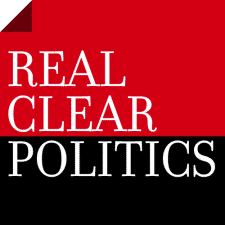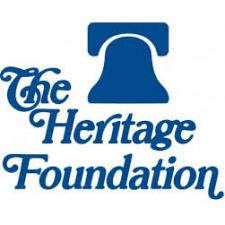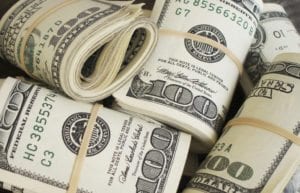Two reports released in the past week demonstrate a potential bifurcation in state insurance exchanges: The insurance marketplaces appear to be attracting a disproportionate share of low-income individuals who qualify for generous federal subsidies, while middle- and higher-income filers have generally eschewed the exchanges.
On Wednesday, the consulting firm Avalere Health released an analysis of exchange enrollment. As of the end of the 2015 open-enrollment season, Avalere found the exchanges had enrolled 76% of eligible individuals with incomes between 100% and 150% of the federal poverty level—between $24,250 and $36,375 for a family of four. But for all income categories above 150% of poverty, exchanges have enrolled fewer than half of eligible individuals—and those percentages decline further as income rises. For instance, only 16% of individuals with incomes between three and four times poverty have enrolled in exchanges, and among those with incomes above four times poverty—who aren’t eligible for insurance subsidies—only 2% signed up.
The Avalere results closely mirror other data analyzed by the Government Accountability Office in a study released last Monday. GAO noted that three prior surveys covering 2014 enrollment—from Gallup, the Commonwealth Fund, and the Urban Institute—found statistically insignificant differences in the uninsured rate among those with incomes above four times poverty, a group that doesn’t qualify for the new insurance subsidies.






